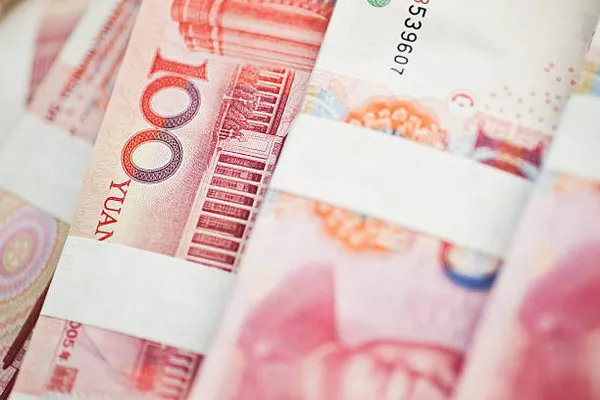The global financial landscape is a complex web of interconnected factors that influence the strength or weakness of various currencies. One currency that has been under scrutiny in recent times is the Chinese Yuan (CNY). The weakness of the CNY has sparked concerns among economists, investors, and policymakers alike. In this article, we will delve into the key factors contributing to the depreciation of the Chinese Yuan and explore the implications of its weakened state.
Economic Slowdown:
One of the primary drivers behind the weakness of the CNY is the economic slowdown that China has experienced in recent years. The country’s once double-digit economic growth has moderated, leading to concerns about the sustainability of its growth model. Slower economic growth can erode investor confidence and trigger capital outflows, putting downward pressure on the currency.
China’s economic slowdown can be attributed to various factors, including a maturing economy, a declining working-age population, and the ongoing structural reforms aimed at shifting from an export-driven to a consumption-led economy. As the economic engine slows down, investors become more cautious, seeking higher returns in other currencies, which contributes to the depreciation of the CNY.
Trade Tensions:
Trade tensions between China and its major trading partners, particularly the United States, have played a significant role in the weakness of the Chinese Yuan. The protracted trade disputes and the imposition of tariffs have disrupted global supply chains and hindered international trade. These uncertainties have led to a flight to safety, with investors preferring stable currencies over those exposed to trade-related risks.
The trade tensions have also fueled concerns about the potential for a global economic slowdown, prompting investors to seek refuge in safe-haven assets, such as the US Dollar. The flight of capital from riskier assets, including the Chinese Yuan, has contributed to its depreciation.
Monetary Policy and Exchange Rate Management:
China’s monetary policy and its approach to exchange rate management have a direct impact on the value of the CNY. The People’s Bank of China (PBOC) has historically employed a managed float system, where the exchange rate is allowed to fluctuate within a certain band. However, the PBOC has faced criticism for keeping the Yuan undervalued to boost exports.
In recent years, the PBOC has taken steps to allow for greater flexibility in the exchange rate, but the central bank’s interventions in the foreign exchange market and concerns about currency manipulation persist. The perception that the CNY is not freely floating and subject to government influence can deter investors, contributing to its weakness.
Capital Outflows:
Persistent concerns about the health of the Chinese economy and uncertainties surrounding government policies have led to capital outflows. Investors seeking better returns and a more stable investment environment have moved their funds out of China, putting additional pressure on the CNY.
The fear of capital flight has prompted the Chinese government to implement measures to control capital outflows, including stricter capital controls and increased scrutiny of overseas investments by Chinese companies. Despite these efforts, concerns about economic stability and policy uncertainties continue to contribute to the weakness of the Chinese Yuan.
Global Economic Conditions:
The overall state of the global economy also influences the value of the Chinese Yuan. Factors such as interest rates, inflation, and economic performance in major economies can impact investor sentiment and capital flows. For example, a stronger US economy and higher interest rates in the United States can attract capital away from emerging markets, including China.
Additionally, external shocks, such as the COVID-19 pandemic, can disrupt global economic conditions and exacerbate currency depreciation. The pandemic-induced economic slowdown and uncertainties surrounding the recovery have further weakened the CNY.
SEE ALSO Is the RMB Truly a Floating Currency?
Conclusion:
The weakness of the Chinese Yuan is a multifaceted issue with roots in domestic economic challenges, trade tensions, monetary policy, capital outflows, and global economic conditions. Understanding these factors is crucial for investors, policymakers, and businesses looking to navigate the complexities of the global financial landscape.
While the Chinese government continues to implement measures to support the economy and stabilize the currency, ongoing reforms and a commitment to greater transparency will be essential in restoring confidence in the Chinese Yuan. As the global economic landscape evolves, monitoring these factors will be key to gaining insights into the future trajectory of the CNY and its role in the international financial system.


